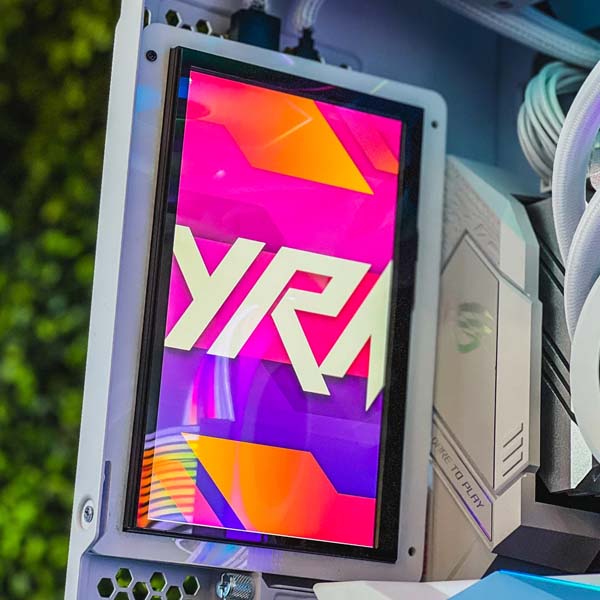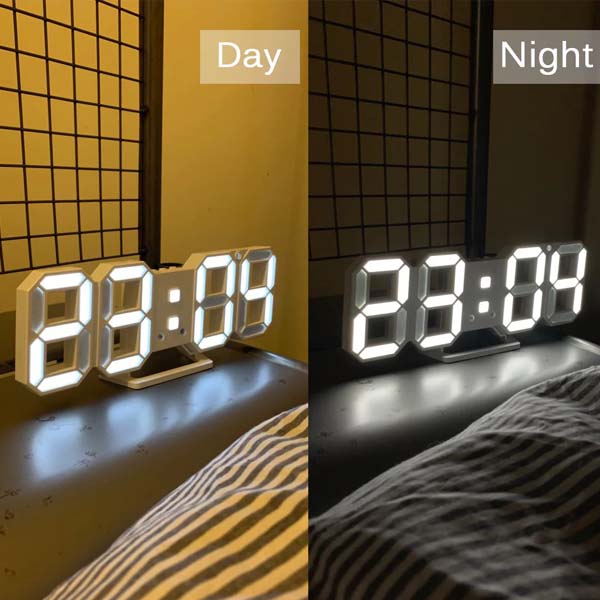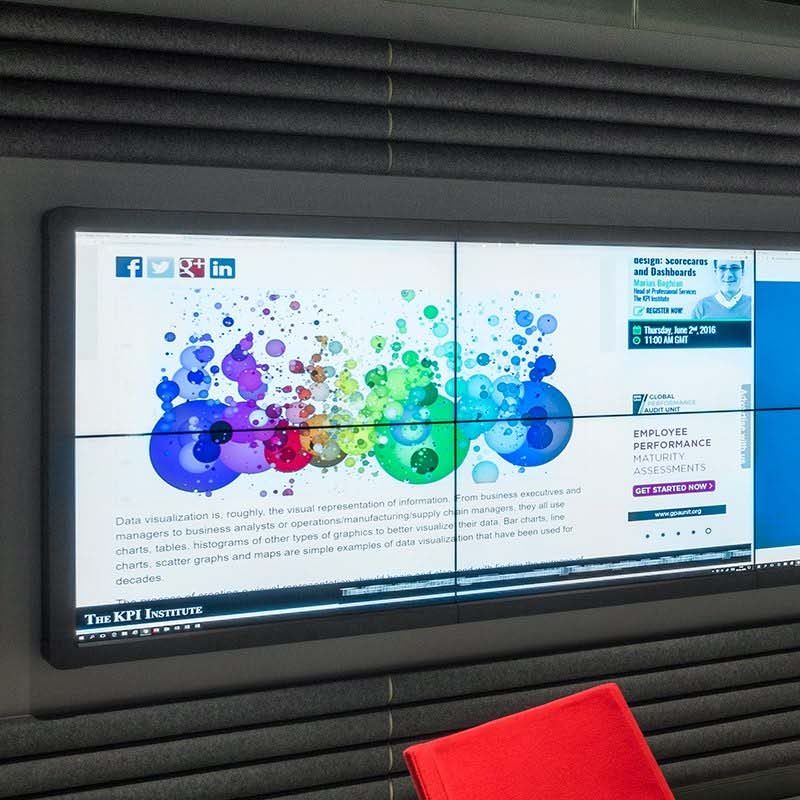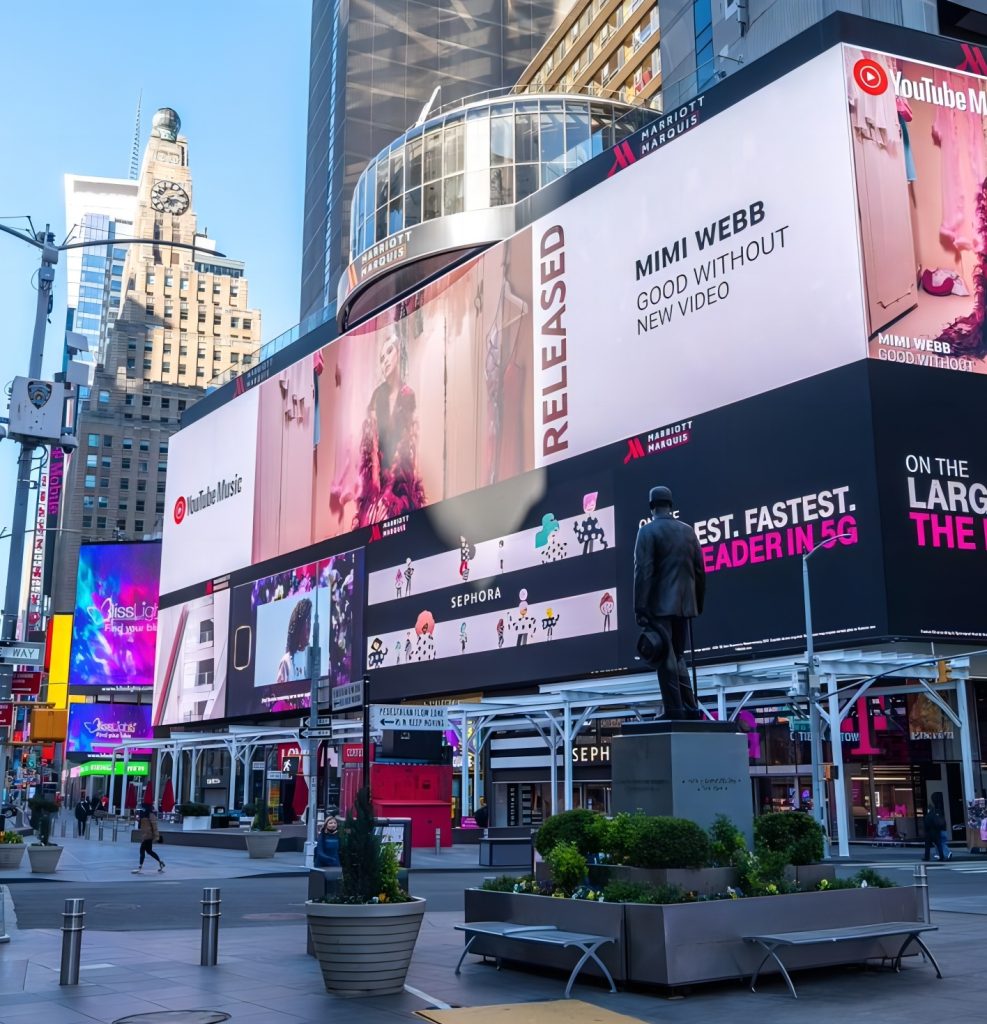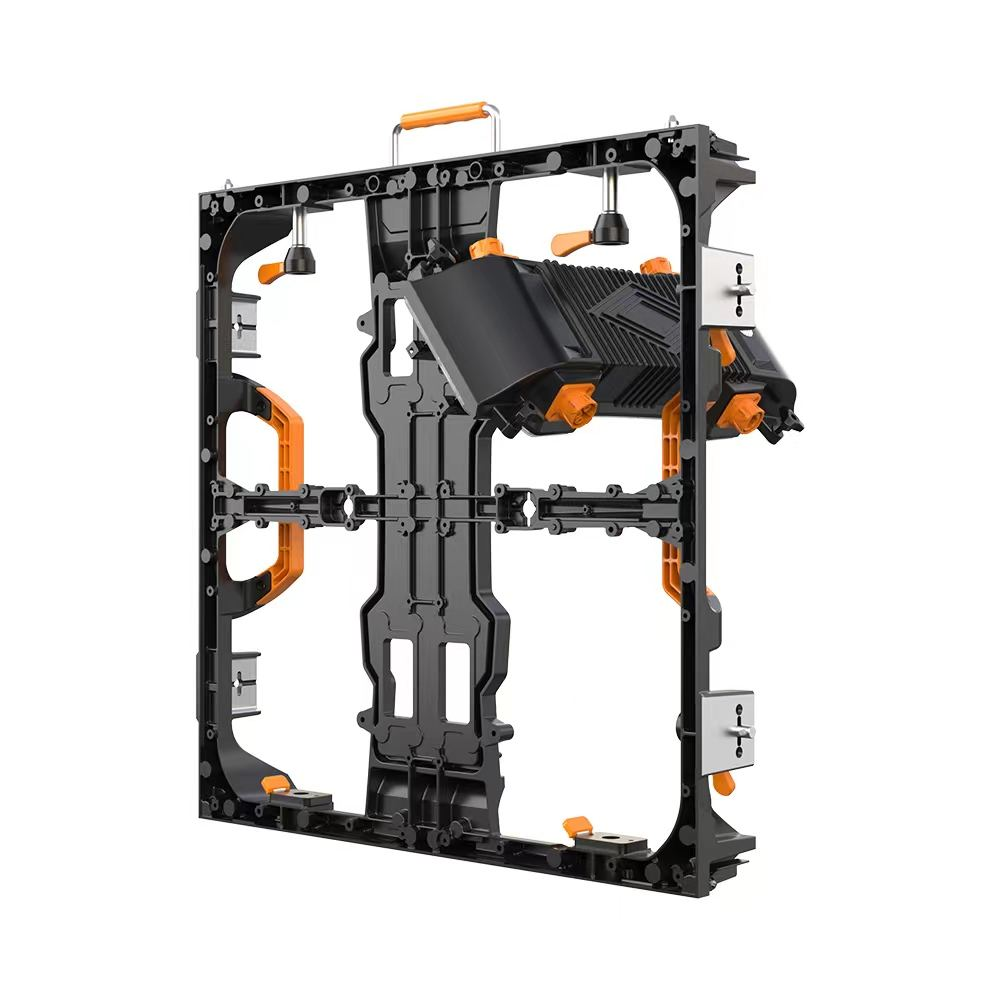Cube LED Display: Revolutionizing Visual Experiences with 3D High-Brightness LED Technology
In the dynamic landscape of modern display technology, the cube LED display emerges as a compelling innovation that redefines how audiences engage with visual content. As an advanced form of high-brightness, sunlight-readable LED technology, cube LED displays combine structural creativity with cutting-edge electronic design. This comprehensive article delves into the technical foundation, practical applications, advantages, challenges, and evolving trends surrounding cube LED displays. Drawing upon industry standards, academic research, and real-world case studies, it aims to provide an authoritative resource for manufacturers, designers, and end-users interested in implementing or understanding this transformative technology.
Introduction to Cube LED Displays
The term “cube LED display” typically refers to a three-dimensional LED module arranged in a cubic configuration, allowing visuals to be presented on multiple faces of a cube structure simultaneously. Unlike traditional flat LED screens, cube LED displays leverage volumetric design to exhibit dynamic content in 360 degrees, resulting in an immersive visual experience.
This innovative format utilizes individual LED pixel modules mounted on the six faces of a cube, each driven by independent or synchronized control systems to produce coherent, vivid imagery on all sides. The cube’s unique geometrical form factor enables applications that require visibility from multiple viewing angles, adding spatial depth and interactive possibilities that flat LED panels cannot replicate.
Technical Foundation and Industry Standards
Cube LED displays rely on several core technological components widely established in the LED manufacturing industry:
- High-Brightness LED Modules: Utilization of LEDs with luminance levels typically ranging from 5,000 to over 10,000 nits (cd/m2) ensures sunlight readability and crisp visibility in outdoor environments. This complies with industry standards such as those described in the International Electrotechnical Commission (IEC) 62368-1 for display safety and performance.
- Pixel Pitch and Resolution: Pixel pitch—the center-to-center distance between LEDs—influences image resolution and viewing distance. Cube LED displays are manufactured with pixel pitches varying from 1.5 mm to 10 mm, depending on application requirements such as indoor exhibitions or large-scale outdoor advertising. The smaller the pitch, the finer and sharper the image.
- Encapsulation and IP Rating: Given many cube LED displays operate outdoors or in variable environmental conditions, housing and sealing methods adhering to IP65 or higher standards protect the electronics from dust and water ingress, ensuring longevity.
- Heat Dissipation and Power Efficiency: Effective thermal management is critical for maintaining module performance and lifespan. Cube LED display systems integrate heat sinks, ventilation, and advanced driver ICs optimized for high efficiency and reduced power consumption.
- Control Systems and Synchronization: Sophisticated video processors and FPGA-based controllers facilitate real-time image rendering, content synchronization across all faces, and seamless integration with content management systems (CMS). Standardized communication interfaces such as DVI, HDMI, or specialized serial links enable robust data transfer.
These technical components work in concert to create cube LED displays that not only deliver exceptional visual quality but also meet the rigorous demands of industrial usage and public installations.
Practical Applications of Cube LED Displays
The unique form factor and technological capabilities of cube LED displays make them suitable for a broad array of applications across various industries.
1. Retail and Advertising
Cube LED displays are particularly well-suited for retail environments and promotional campaigns, especially in high-traffic public spaces such as shopping malls, airports, and transportation hubs. Their 360-degree visibility maximizes audience engagement from multiple vantage points, increasing dwell time and brand recall.
Case Study: A renowned luxury brand installed cube LED displays at flagship stores in major cities, using synchronized dynamic content to showcase product features and promotional offers from all angles. This approach led to a measured 20% increase in foot traffic and a significant boost in social media mentions.
2. Events, Exhibitions, and Trade Shows
Trade show booths and exhibition spaces frequently deploy cube LED displays to attract and captivate visitors. Their ability to deliver vibrant, multi-faceted visuals supports immersive storytelling, product demonstrations, and interactive experiences without requiring large floor areas.
3. Architecture and Urban Spaces
Architectural installations integrate cube LED displays to create public art, interactive landmarks, or digital signage. Strategically positioned in plazas or building lobbies, these cubes add aesthetic and functional value, facilitating public engagement and information dissemination.
4. Transportation and Public Information Systems
In transportation terminals, cube LED displays can serve as centralized information hubs visible from multiple angles, providing schedules, announcements, and emergency alerts efficiently.
Advantages of Cube LED Displays
- Multi-Directional Viewing: Unlike traditional flat panels, cube LED displays offer seamless visuals on all sides, making content accessible from different directions simultaneously.
- Enhanced Immersiveness: The three-dimensional structure adds a spatial dimension to content presentation, effectively increasing viewer immersion and interaction potential.
- Space Efficiency: Cubic designs provide significant display area without requiring additional floor space typically needed for multiple screens placed adjacently.
- Customization and Modularity: Cube LED units can be customized in size, pixel density, and content capabilities, often built modularly for easy installation, maintenance, and scalability.
- High Brightness and Weather Resistance: Designed for outdoor or challenging lighting environments, cube LED displays feature high brightness and IP-rated enclosures for durability.
- Energy Efficiency: Thanks to advances in LED technology and intelligent drivers, cube LED displays balance high luminosity with manageable power consumption, leveraging features like auto-brightness adjustment.
Common Challenges and Solutions in Cube LED Display Deployment
Despite their advantages, cube LED displays present certain challenges relating to design, installation, and operation:
1. Content Synchronization and Mapping
Synchronized content across multiple faces requires precise mapping, color calibration, and latency management to avoid visual inconsistencies. Solutions involve advanced content management software with 3D mapping capabilities and real-time monitoring systems.
2. Structural Design and Installation Complexity
The mechanical integrity of cube displays must be maintained without impairing the LED modules’ performance or ease of access. Engineers solve this through lightweight but robust frame materials such as aluminum alloys, and employing modular panel designs that facilitate fast assembly and service.
3. Thermal Management
Compact cubic structures restrict airflow, increasing the risk of overheating. Integrative cooling systems combining passive heat sinks and active ventilation, alongside thermal sensors and adaptive driver controls, mitigate thermal buildup effectively.
4. Viewing Angles and Image Uniformity
LEDs inherently have viewing angle limitations; in 3D cubes, corners and edges can introduce visual artifacts or brightness falloff. Manufacturers utilize wide-angle LED packages and optical diffusers to enhance uniformity.
Latest Trends and Innovations in Cube LED Displays
The cube LED display market is evolving rapidly with ongoing R&D driven by both technological advances and user demands. Key emerging trends include:
1. Transparent and Flexible Cube Displays
Incorporating transparent LED technologies enables partially see-through cube displays that blend architectural elements with digital content, enhancing aesthetic appeal and functionality. Flexibility in materials permits curved or irregular cube structures.
2. Interactive and Sensor-Integrated Cubes
Integration of touch sensors, proximity detection, and motion tracking empowers interactive cube displays that respond to user presence and gestures, opening new frontiers for experiential marketing and public installations.
3. Higher Pixel Density and Miniaturization
Advancements in semiconductor fabrication allow smaller pixel pitches below 1.0 mm, leading to ultra-high-resolution cube displays suitable for close-viewing indoor environments such as museums or control rooms.
4. AI-Driven Content Adaptation
Artificial intelligence applied in content management enables automatic optimization of visuals based on environmental conditions, audience behavior, and contextual data, enhancing engagement and energy efficiency.
5. Integration with Augmented Reality (AR) and Mixed Reality (MR)
Cube LED displays serve as tangible anchors or complements to AR/MR experiences, enriching spatial storytelling and blended reality scenarios.
Conclusion
The cube LED display represents a significant leap forward in display technology, unlocking unprecedented opportunities to deliver multidirectional, immersive visual content. By combining high-brightness, ruggedized LED modules with innovative three-dimensional design, these displays cater to diverse application sectors ranging from advertising and architecture to transportation and interactive entertainment.
Despite inherent technical challenges, ongoing industry advancements in LED optics, control electronics, and materials science make cube LED displays increasingly reliable, versatile, and cost-effective. As integration with interactive technologies and AI-driven software continues to accelerate, cube LED displays are poised to become indispensable tools for future-proof communication, marketing, and public engagement strategies worldwide.
References & Further Reading:
- International Electrotechnical Commission. IEC 62368-1: Audio/video, information and communication technology equipment – Safety requirements.
- LED Display Industry Association (LEDiA). Technical Guidelines and Best Practices for Outdoor LED Displays.
- Wikipedia contributors. LED display. Wikipedia. https://en.wikipedia.org/wiki/LED_display
- Sharma, A., & Verma, P. (2022). “Design Challenges and Solutions in High-Brightness LED Displays for Outdoor Applications.” Journal of Display Technology, 18(4), 201-211.
- Smith, J. (2023). “The Rise of 3D LED Displays: Cube and Beyond.” LED Technology Insights, 12(2), 34-48.
- Case Study: “Luxury Brand Uses Cube LED Displays for Enhanced Customer Engagement.” Display Industry News, 2021.
For professionals seeking to implement cube LED displays, collaborating with experienced industry partners who offer end-to-end solutions—from engineering design to content strategy—is vital. This ensures optimal performance, compliance with safety standards, and the delivery of vibrant, engaging visual experiences that captivate global audiences.

